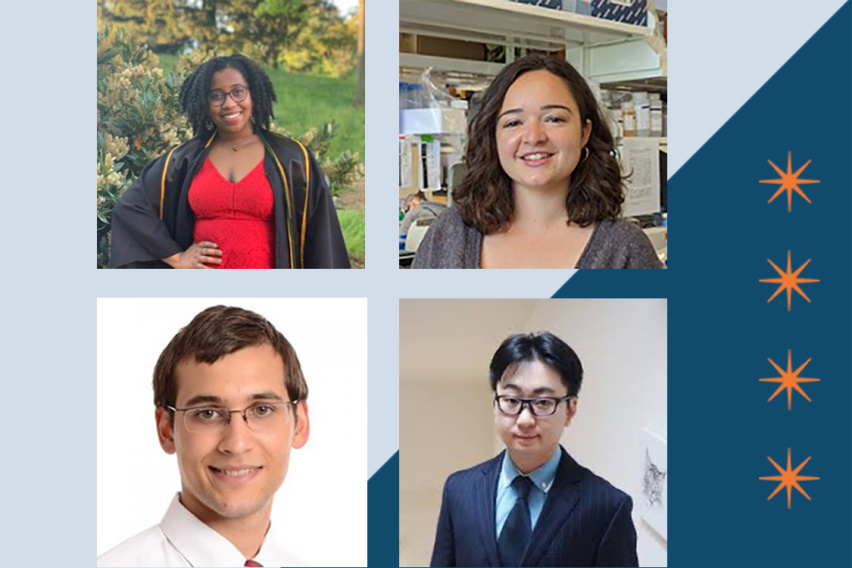MIT Spectrum
May 26, 2022
Ovarian cancer is notoriously hard to detect. Lacking in reliable diagnostic or screening techniques and opaque in its biological origins, it is difficult to find or target until it has progressed to dangerously late stages. The Hammond and Irvine Labs, in conjunction with their clinical collaborators and a cohort of patients, are determined to change this.
Drawing on years of expertise in engineering, immunology, and materials chemistry, and on recent funding from the Bridge Project, a multi-disciplinary team of researchers has built a polymer microneedle patch that samples interstitial fluid in the body to screen for microRNAs from cancer cells. The patch, which also has applications for autoimmune diseases, could one day become the first noninvasive screening tool for ovarian cancer.
